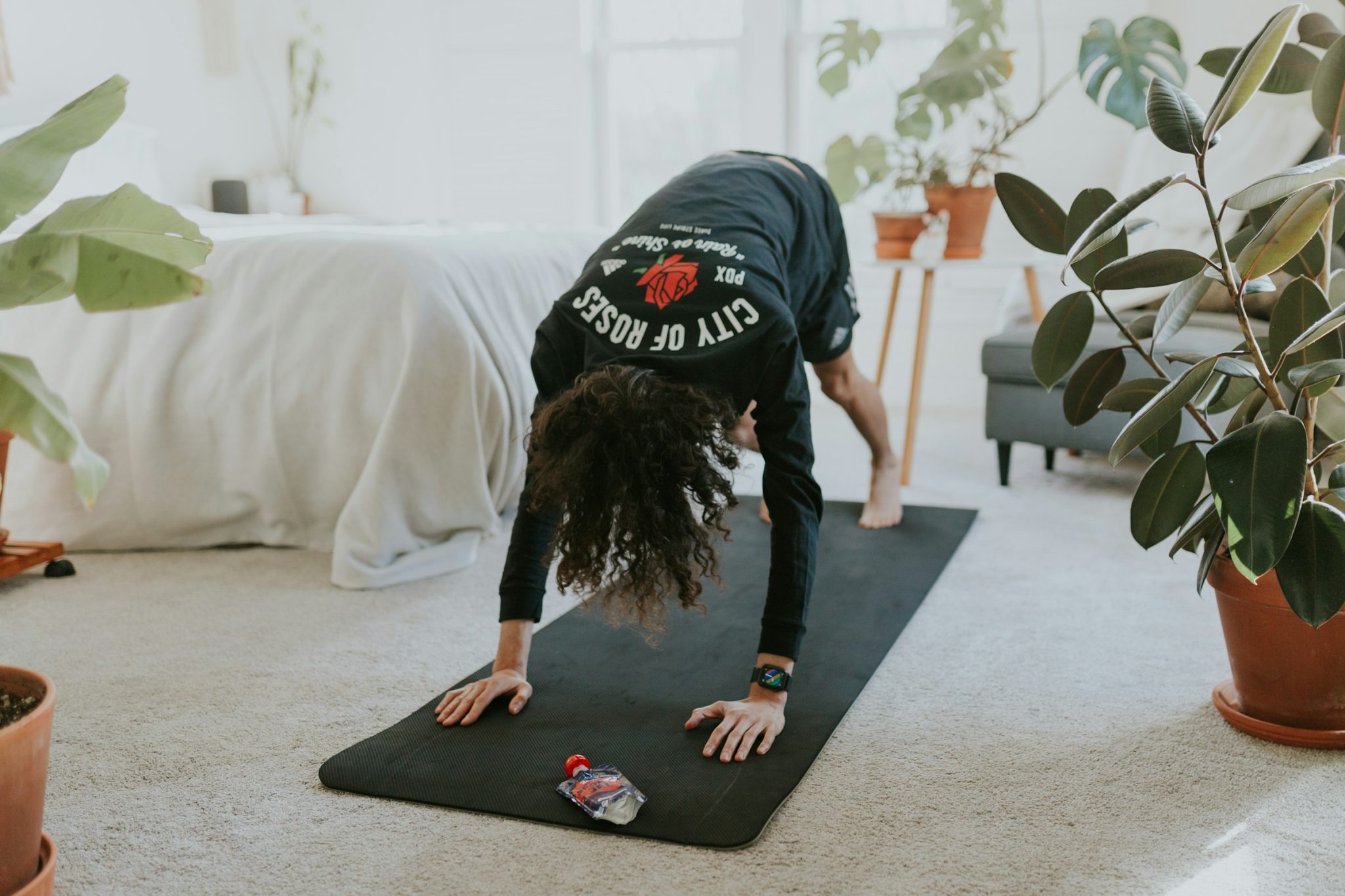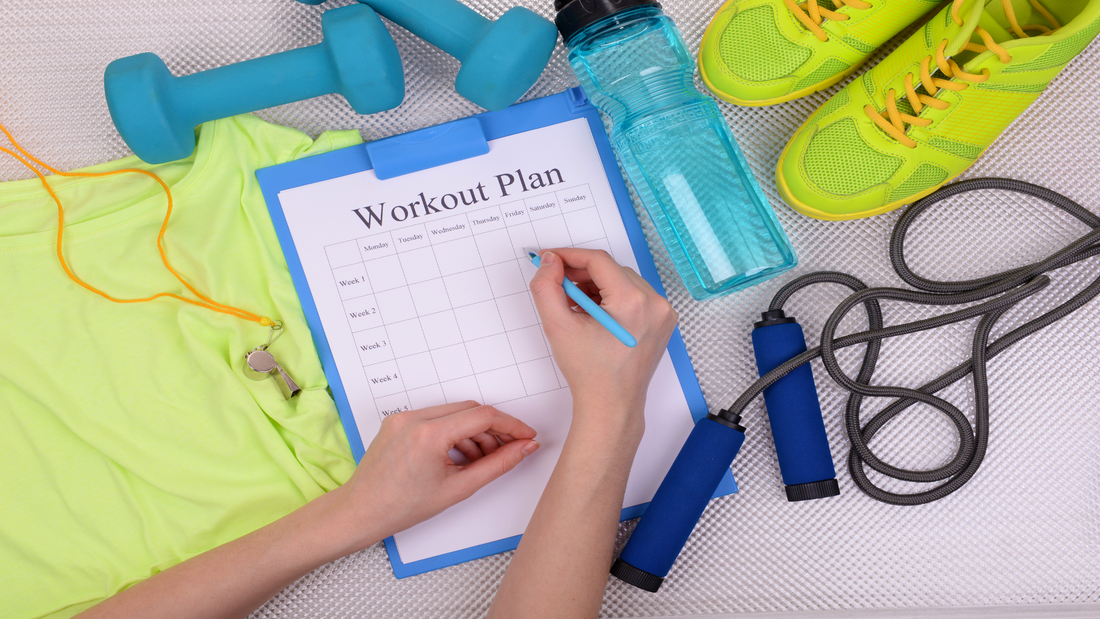Creating a Personalized Workout Routine: Your Ultimate Guide
Creating a personalized workout routine is key to achieving your fitness goals efficiently and sustainably. Whether you’re a beginner looking to get started or an experienced athlete aiming to optimize your training, a well-designed workout plan tailored to your individual needs can make a significant difference. This comprehensive guide will walk you through the steps to create a workout routine that fits your lifestyle, goals, and preferences.
Understanding the Basics of a Personalized Workout Routine
Before diving into creating your personalized workout plan, it’s essential to understand the foundational principles. A personalized workout routine is designed to match your fitness level, goals, and preferences. It takes into account your unique needs, including your current fitness status, available equipment, and any specific health considerations. The primary elements to consider are:
- Fitness Goals: Define what you want to achieve with your workout routine. Common goals include weight loss, muscle building, increased endurance, improved flexibility, or overall health and wellness.
- Current Fitness Level: Assess your current fitness level to ensure that your workout plan is challenging yet achievable. This includes evaluating your strength, endurance, flexibility, and cardiovascular fitness.
- Preferences and Interests: Incorporate activities you enjoy to make your workout routine more enjoyable and sustainable. This could be anything from running and cycling to yoga and strength training.
- Available Equipment and Space: Consider the equipment you have access to and the space where you’ll be working out. This will help in designing a routine that fits your environment.
- Health Considerations: Take into account any injuries, chronic conditions, or other health issues that might affect your ability to exercise or specific exercises you should avoid.

Step-by-Step Guide to Creating Your Personalized Workout Routine
1. Set Clear and Achievable Goals
Your fitness goals will drive the design of your workout routine. Start by setting SMART goals—Specific, Measurable, Achievable, Relevant, and Time-bound. For example:
- Specific: “I want to lose 10 pounds.”
- Measurable: “I will track my weight weekly.”
- Achievable: “I will follow a workout routine 4 times a week.”
- Relevant: “Losing weight will improve my overall health.”
- Time-bound: “I aim to reach this goal in 3 months.”
2. Assess Your Current Fitness Level
Understanding where you are starting from is crucial for creating a plan that will effectively progress your fitness. Perform a basic fitness assessment to evaluate:
- Cardiovascular Fitness: How long can you sustain a moderate-intensity activity like jogging or brisk walking?
- Strength: How many bodyweight exercises (like push-ups or squats) can you perform?
- Flexibility: How flexible are you in key areas like hamstrings, hips, and shoulders?
- Endurance: How long can you maintain exercise without significant fatigue?
3. Choose Your Workout Types
Depending on your goals, you may need to incorporate different types of workouts into your routine:
- Cardiovascular Training: Helps improve heart and lung health. Options include running, cycling, swimming, and rowing.
- Strength Training: Builds muscle and strength. Includes exercises such as weightlifting, resistance band exercises, and bodyweight exercises.
- Flexibility Training: Enhances range of motion and prevents injury. Practices like yoga and stretching fall into this category.
- Balance and Stability Training: Improves coordination and core strength. Exercises might include balance board exercises or stability ball workouts.
4. Create a Balanced Workout Schedule
A balanced workout routine typically includes a mix of different exercise types throughout the week. Here’s a sample weekly plan:
- Monday: Cardio (e.g., 30 minutes of running)
- Tuesday: Strength Training (e.g., upper body workout with weights)
- Wednesday: Rest or light activity (e.g., walking or gentle stretching)
- Thursday: Cardio (e.g., cycling for 30 minutes)
- Friday: Strength Training (e.g., lower body workout with weights)
- Saturday: Flexibility Training (e.g., yoga session)
- Sunday: Rest or active recovery (e.g., a leisurely walk)

5. Incorporate Progressive Overload
To continue improving, gradually increase the intensity of your workouts. This principle, known as progressive overload, can be achieved by:
- Increasing Weight: Gradually add more weight to your strength exercises.
- Adding Repetitions: Increase the number of repetitions or sets you perform.
- Increasing Duration: Extend the duration of your cardio sessions.
- Enhancing Intensity: Incorporate interval training or higher-intensity exercises.
6. Customize Your Routine Based on Preferences
Enjoyment is a key factor in maintaining a workout routine. Customize your plan based on activities you find enjoyable and motivating. For example:
- If you love dancing, incorporate dance-based cardio workouts.
- If you prefer outdoor activities, opt for trail running or cycling.
- If you enjoy group classes, consider joining a fitness class at a local gym.
7. Plan for Recovery
Recovery is just as important as the workout itself. Ensure your routine includes adequate rest and recovery time. This can be achieved by:
- Rest Days: Incorporate at least one or two rest days each week.
- Active Recovery: Engage in low-intensity activities like walking or stretching on rest days.
- Sleep: Aim for 7-9 hours of quality sleep per night to support muscle recovery and overall health.
8. Monitor and Adjust Your Progress
Regularly assess your progress to ensure you’re on track to meet your goals. This can include:
- Tracking Workouts: Keep a workout journal or use a fitness app to log your exercises and progress.
- Reassessing Fitness Level: Periodically reassess your fitness level to gauge improvements and adjust your routine as needed.
- Setting New Goals: As you reach your initial goals, set new ones to continue challenging yourself and maintaining motivation.
9. Stay Motivated and Accountable
Staying motivated can be a challenge, but several strategies can help:
- Find a Workout Buddy: Exercising with a friend can make workouts more enjoyable and keep you accountable.
- Set Short-Term Milestones: Celebrate small achievements to keep yourself motivated.
- Mix It Up: Avoid workout monotony by trying new exercises or fitness classes.
- Reward Yourself: Treat yourself to something enjoyable when you reach your fitness milestones.
10. Seek Professional Guidance if Needed
If you’re unsure about how to create a workout routine or have specific health concerns, consider seeking professional guidance. A certified personal trainer can help design a plan tailored to your needs and ensure proper technique to prevent injuries. Additionally, if you have any pre-existing health conditions, consulting with a healthcare provider is crucial before starting a new exercise regimen.
Healthy Eating on a Budget: Tips and Strategies for a Nutritious Diet
Creating a personalized workout routine involves understanding your goals, assessing your current fitness level, and tailoring exercises to match your preferences and lifestyle. By incorporating a mix of cardiovascular, strength, flexibility, and balance training, and progressively increasing the intensity, you can design an effective and enjoyable workout plan. Remember to plan for recovery, monitor your progress, and stay motivated to achieve your fitness goals. With a well-crafted routine, you’ll be on your way to a healthier, stronger, and more active you.





Post Comment